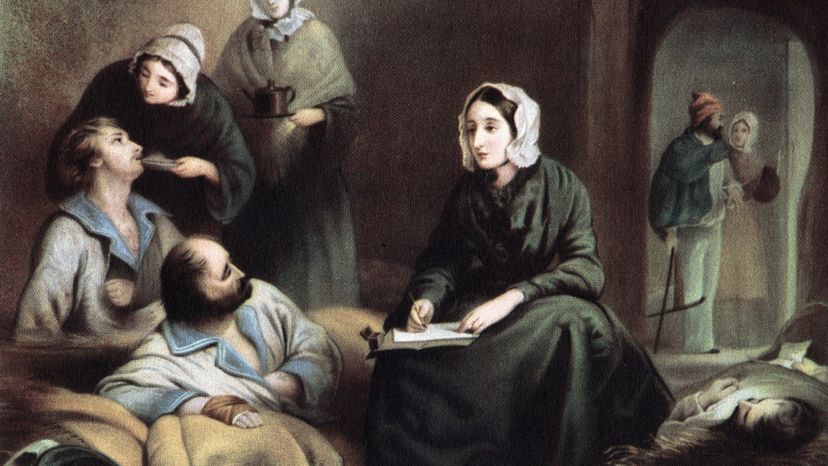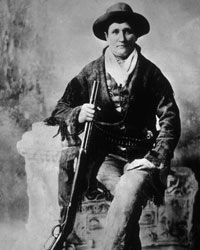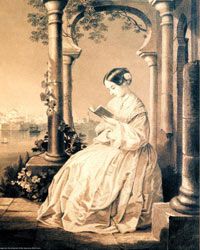
It may surprise you that modern nursing -- the care and competency we've come to expect from our medical professionals -- is less than 150 years old in America. Not so long ago, many people preferred to forgo formal health care, considering nurses and hospitals to be far less safe than tending to illness or injury at home.
There was a time that nursing duties fell to nuns, or -- during wars -- to the military. Before the end of the 19th century, most nurses didn't have any formal training -- and many lacked any education at all. Nurses were typically women who provided the sick, injured and wounded with comfort, but not necessarily good -- or any -- medical care. It wasn't until the extraordinary women and men on our list advocated for change and pioneered a path for nurses from bedpan to bachelor's degree that the seeds of modern nursing were born.
Advertisement
Let's kick off our list of famous nurses with the woman who introduced nurse-midwifery to the United States.

